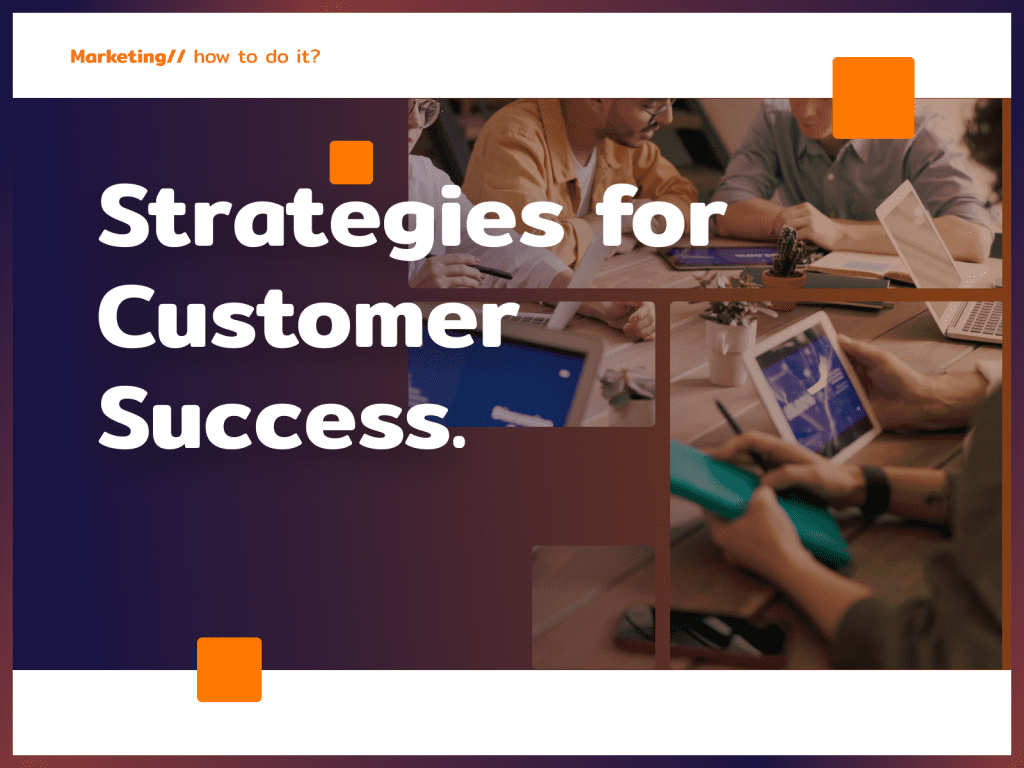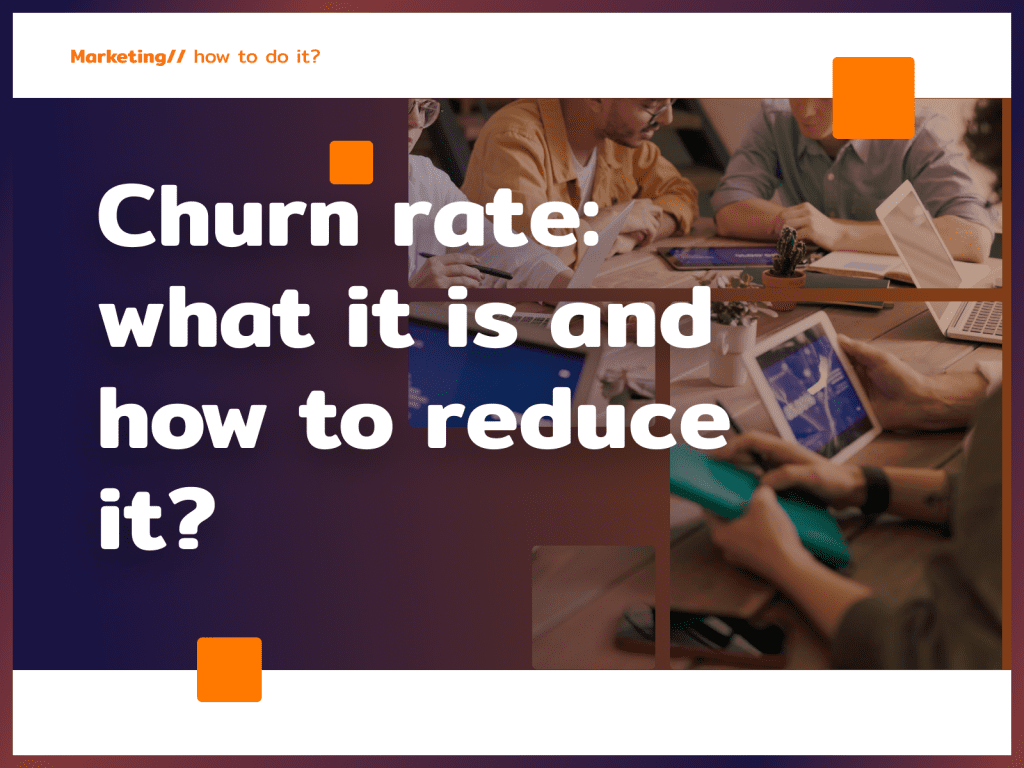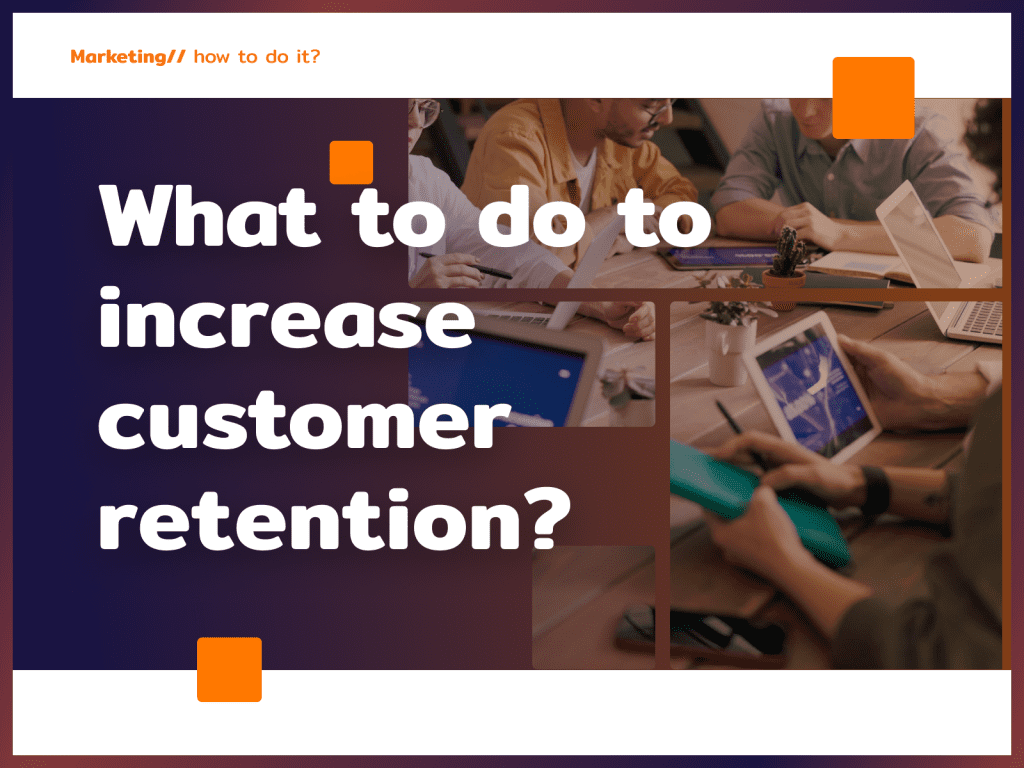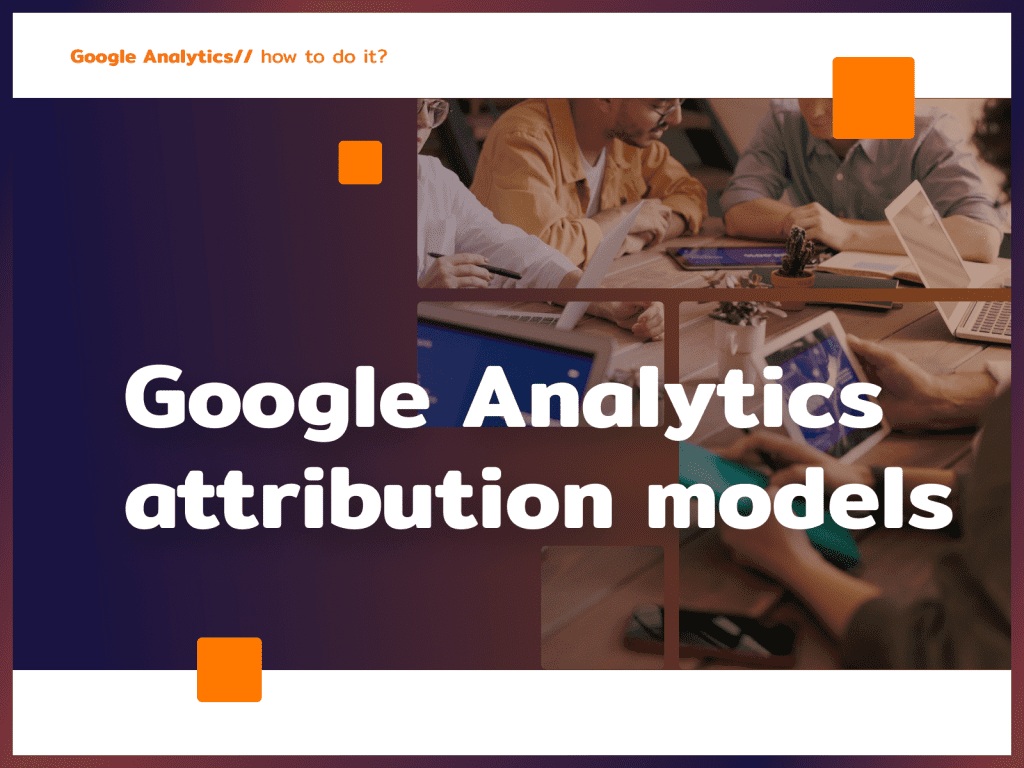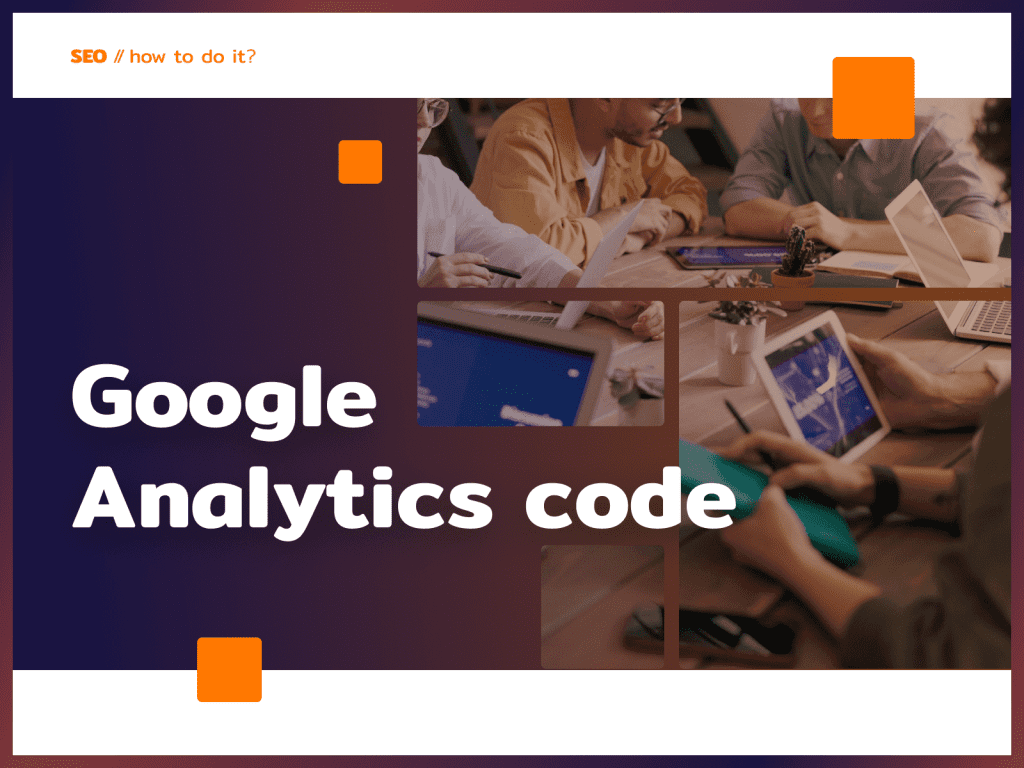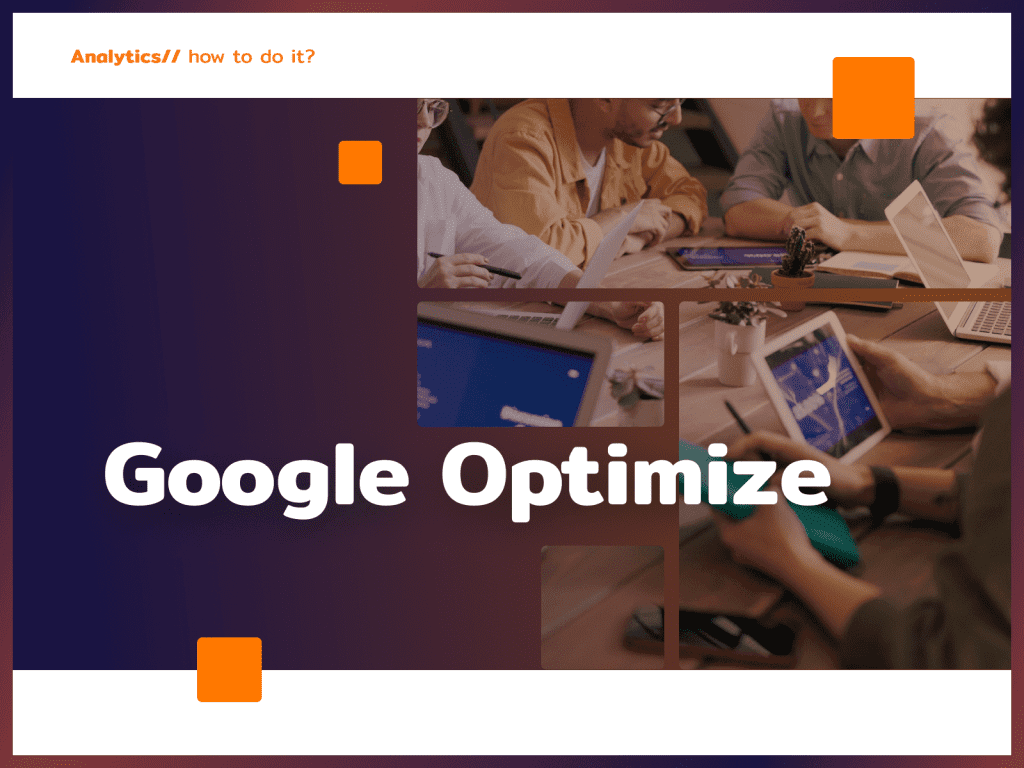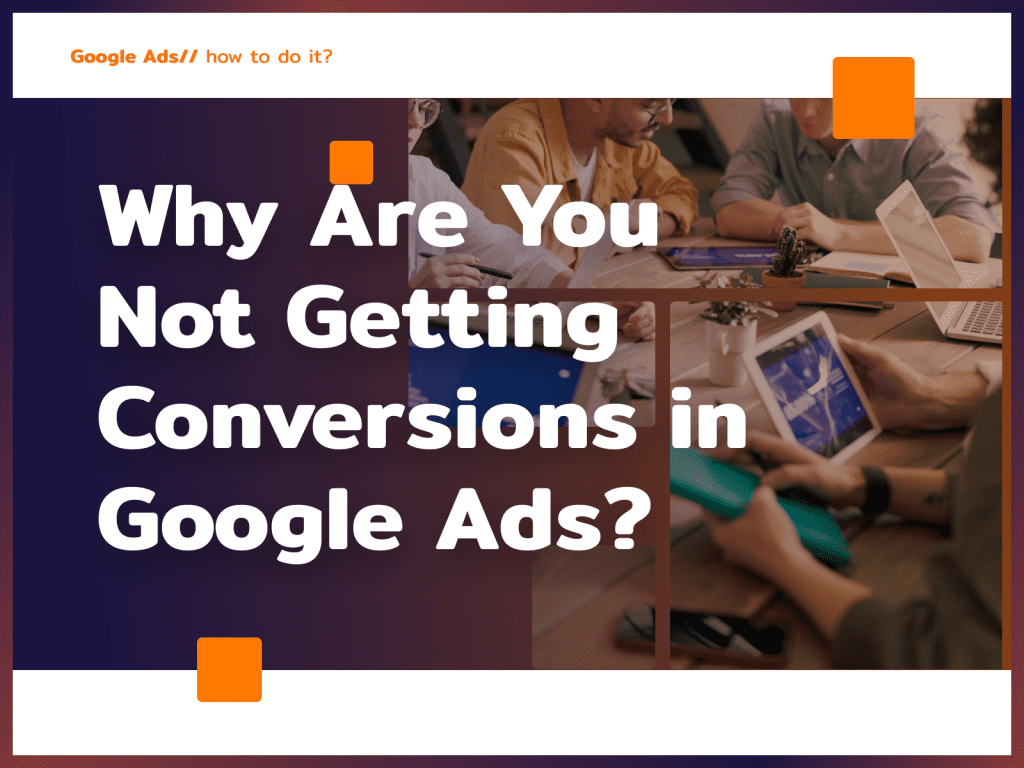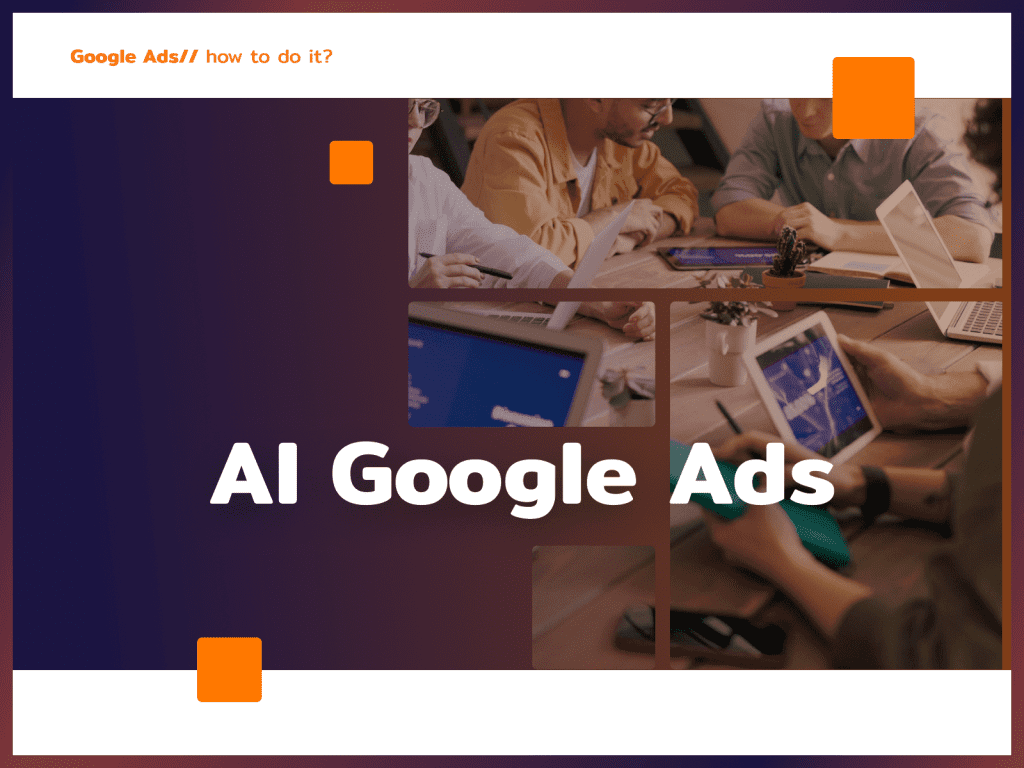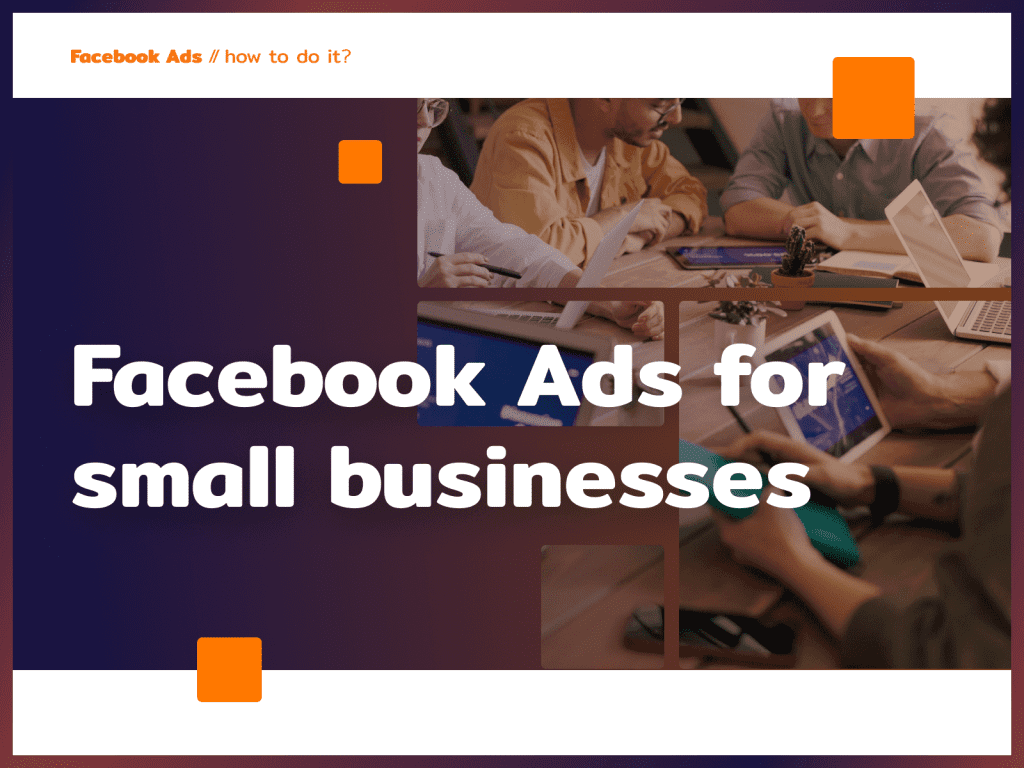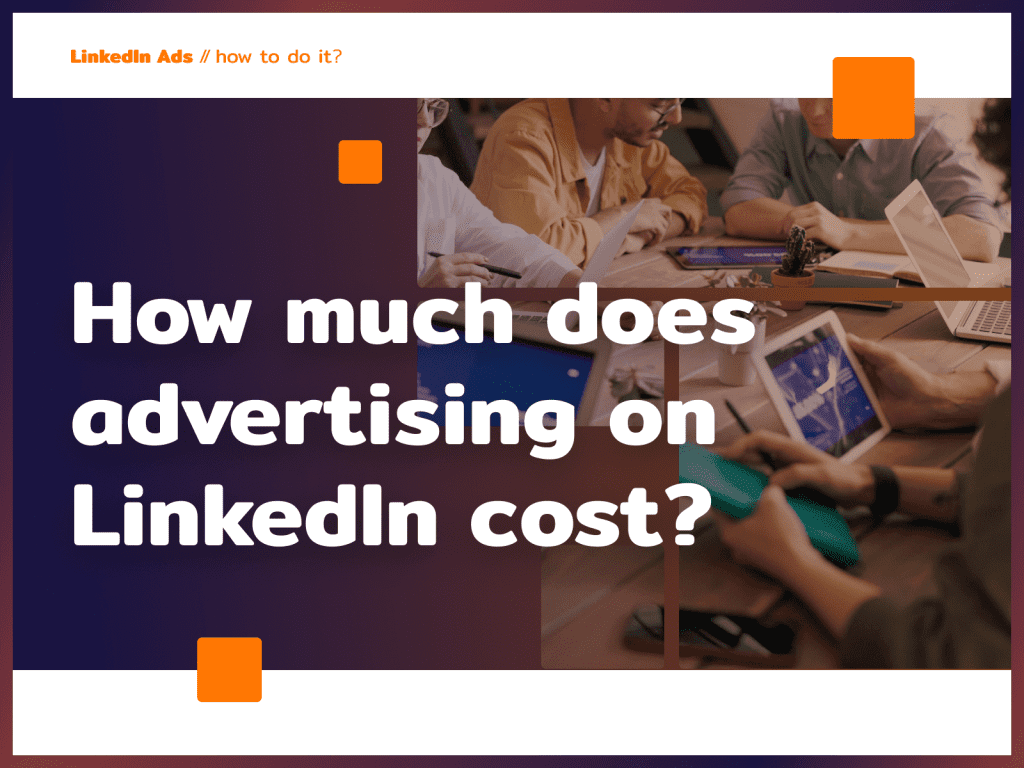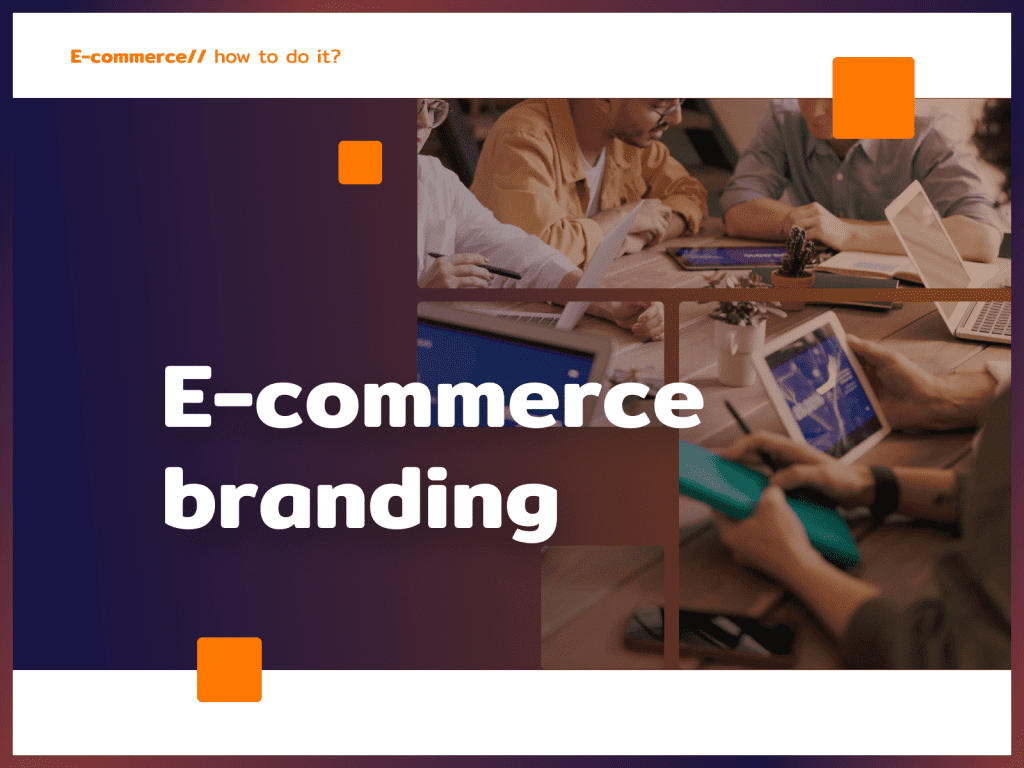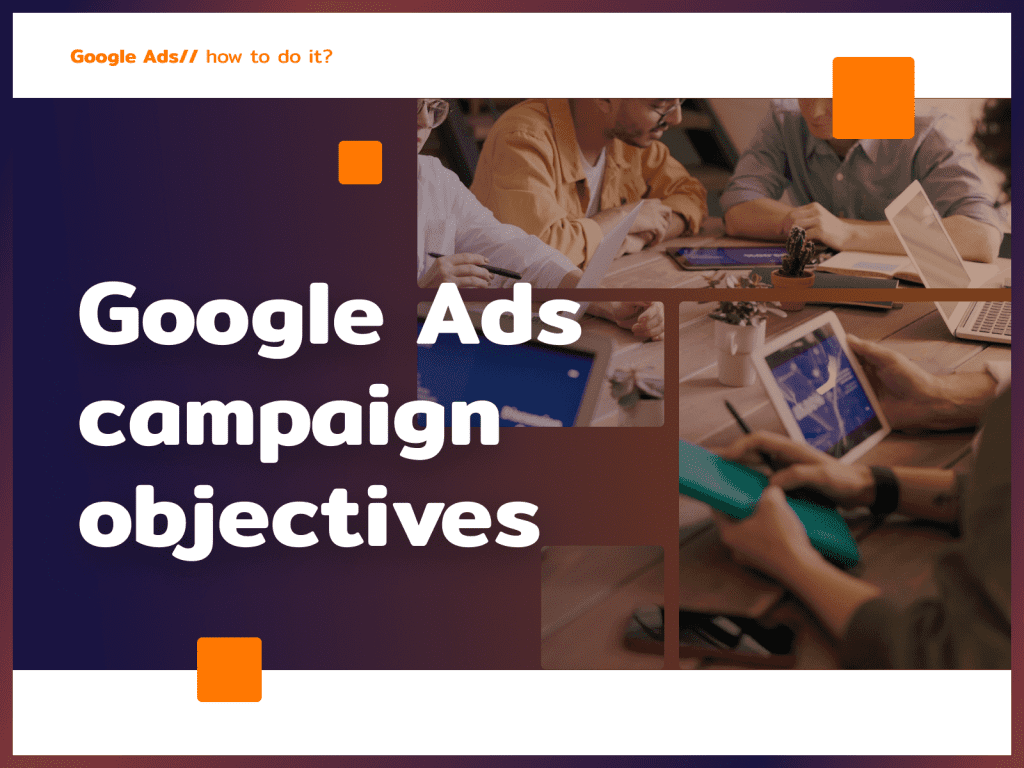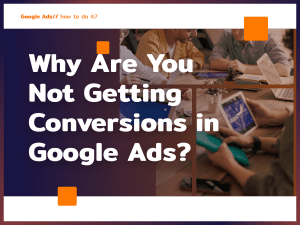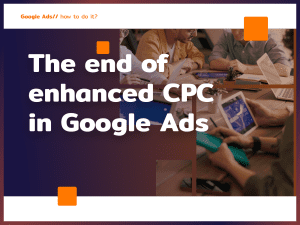One of the things I appreciate about Google Ads is the wide range of options for selecting and configuring campaigns for specific business goals. As a result, Ads work well for entrepreneurs focused purely on increasing sales, as well as for beginners who want to build brand reach first and foremost. Today I’ve put together a handful of tips on how to choose your ad campaign goals so that Google Ads brings the results you want.
Don’t have time to optimize your campaigns yourself? Contact me – I will take care of the ads for you and select the Google Ads campaign target that will work best for your business.
How do advertising targets work?
Google Ads has a strong emphasis on automation, with ad optimization expected to require less and less involvement from the advertiser over time and to rely increasingly on machine learning. The more information you have, the better Google Ads can tailor suggested ad settings to meet your goals, which is why available ad campaign goals appear when you create a campaign:
You can choose the last option, that is, not to use prompts geared toward the goals of the advertising campaign. However, I recommend deciding on a specific goal – it is better to receive recommendations on how to increase efficiency, and after all, you are not obliged to use all of them.
Stay up to date with changes in Google Ads!
Sign up for the newsletter
Advertising objectives – examples of the most important ones
The available Google Ads targets vary depending on the type of campaign. I have collected the most important advertising targets, examples show what functions they are associated with.
Search network campaigns
Search ads are the most popular type of Google Ads campaign. You have several targets to choose from here:
- Sales – ads increase sales (conversions online, in-app, over the phone or in-store), rate-setting strategies are geared toward clicks, ads display to users who are browsing websites, videos and apps, and reach people who are close to making a purchase decision or have contacted your company in the past.
- Potential customers – ads are geared towards getting customers interested in your brand, e.g. signing up for your newsletter or leaving a lead, the campaign is geared towards the first stages of the sales funnel, ads are displayed to users who may potentially be interested in buying.
- Site traffic – ads encourage users to visit your site, are meant to get the customer interested in your offer, mainly dynamic ads with headlines that match the user’s search.
Ad network campaigns
Campaigns on the ad network provide even greater reach by displaying on more than 2 million Google partner sites, apps and videos. You also have several advertising targets to choose from here:
- Sales – reaching users who are ready to convert, automatic rate setting, features that encourage purchase, e.g. visually appealing display ads, targeted ads to users who browse and compare the products or services you sell and collect information about them.
- Potential customers – ads geared toward collecting email addresses, newsletter signups.
- Site traffic – features make it easier for interested customers to learn about your offer, generate a list of users you can contact later, e.g. automatic rate setting, targeting and ad creation.
- Brand awareness and reach – ads are useful for new product launches, popularizing your products or services, rate-setting strategies are geared towards increasing the number of ad impressions.
Performance Max campaigns
Google Ads is increasingly emphasizing Performance campaigns that use algorithms to maximize results. In addition to sales, potential customers and site traffic, a specific target for Google Ads campaigns is available here: local stationary store visits and promotion. By doing so, you can increase your store’s brand awareness and encourage customers to visit your store. Google is trying to increase efficiency not only for online entrepreneurs, but also those selling stationary.
Ready to grow?
What Google Ads targets are worth choosing?
Each goal of advertising campaigns is ultimately to lead you to increased profits. However, ads can target users who are at different stages of the marketing funnel, especially in industries where the buying process is quite long, for example, in the B2B segment. If you sell low-cost products that are in high demand, sales-oriented campaigns will be a good choice.
However, if you’re in an industry where customers typically need more time to think, a better solution often turns out to be to introduce them to your company through ads geared toward brand awareness, and then remind them with ads targeting site traffic. If your company’s sales are based on salespeople rather than self-submitted online orders, campaigns geared toward potential customers are effective, as acquiring contact information is key.
The goals of an ad campaign are usually associated with sales, but you can configure them to reach users at the early stages of the funnel as well. Do you lack the time to handle your campaigns yourself? Call or write – I will get back to you as soon as possible.
































